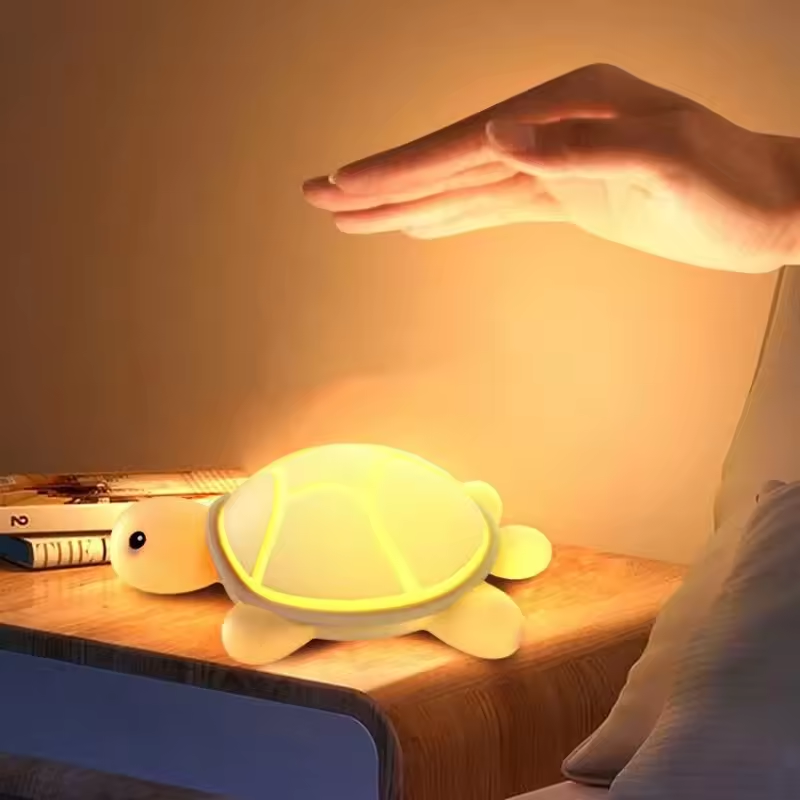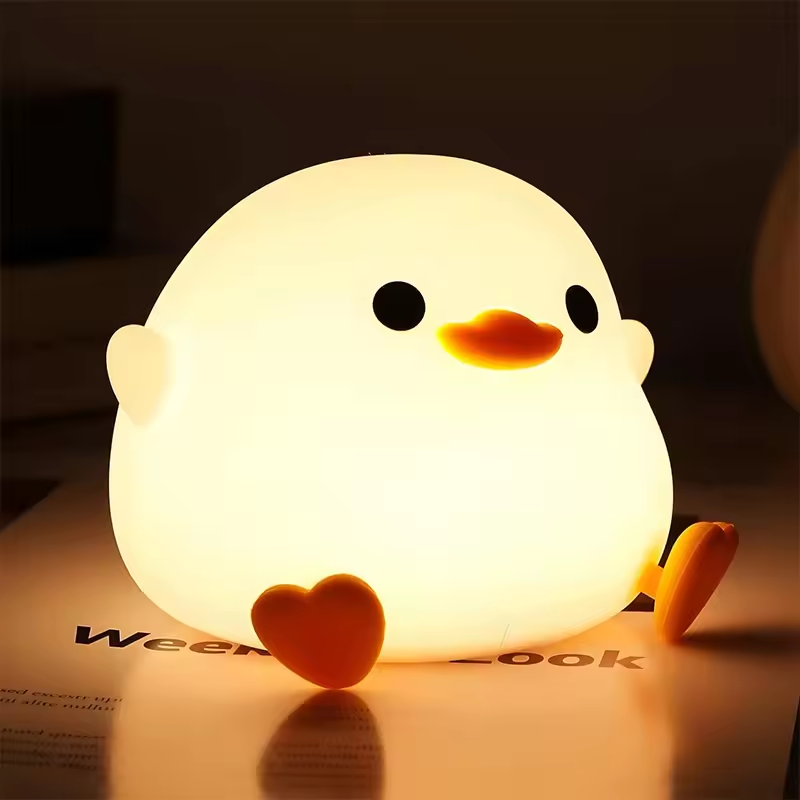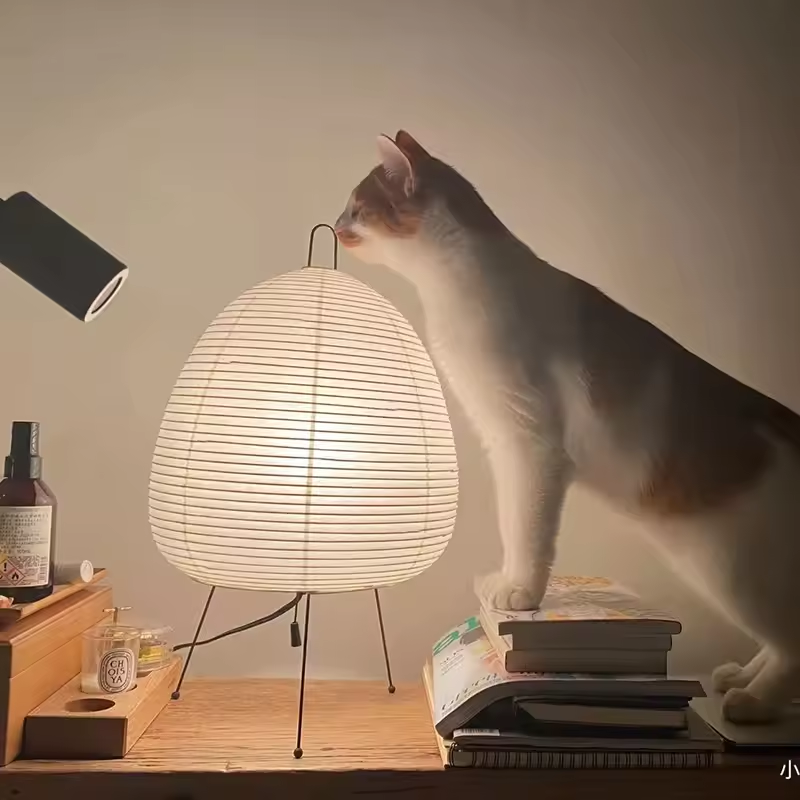 Introduction:
Introduction:
LED (Light Emitting Diode) lighting has gained popularity in recent years due to its energy efficiency, longevity, and versatility. However, concerns about the potential health risks, specifically the connection between LED light and cancer, have emerged. In this comprehensive guide, we will explore the subject and address the question: does LED light cause cancer? By examining scientific research and expert opinions, we aim to dispel the myth and provide a clearer understanding of the safety of LED lighting.
 What are LED Lights?
What are LED Lights?
LED lights are energy-efficient lighting sources that use semiconductors to emit light when an electric current passes through them.
A. Energy Efficiency: LED lights consume less energy compared to traditional incandescent bulbs, making them an eco-friendly lighting choice.
B. Longevity: LED lights have a significantly longer lifespan than incandescent bulbs, reducing the frequency of replacement.
C. Versatility: LEDs can be found in various applications, including residential lighting, commercial lighting, and electronic devices.
The Myth: LED Light Causes Cancer
Amidst the popularity of LED lighting, concerns about a link between LED light and cancer have emerged.
A. Sources of Concern: Claims suggest that LED lights emit blue light, which can be harmful to human health and potentially increase the risk of cancer.
B. Scientific Investigation: To evaluate the claim, scientists have conducted research to explore the effects of LED light on human health.
 Understanding Blue Light
Understanding Blue Light
LED lights do emit blue light, leading to concerns about its potential effects.
A. Blue Light Spectrum: Blue light falls within the visible light spectrum with shorter wavelengths and higher energy.
B. Natural Blue Light Sources: Sunlight is the primary natural source of blue light, followed by fluorescent light bulbs and electronic devices with screens.
Health Effects of Blue Light
Blue light exposure has been studied extensively, especially in relation to sleep and eye health.
A. Circadian Rhythm Disruption: Blue light can affect the body’s internal clock, potentially leading to sleep disorders and disruption of the circadian rhythm.
B. Eye Strain: Prolonged exposure to blue light may cause eye strain, fatigue, and discomfort.
C. Age-Related Macular Degeneration (AMD): Some studies suggest a potential association between blue light exposure and the development or progression of AMD, primarily for high-intensity, short-wavelength blue light.
LED Light and Cancer: The Scientific Research
Scientific research has extensively investigated the potential link between LED light and cancer.
A. Non-Ionizing Radiation: LED lights emit non-ionizing radiation, which differs significantly from ionizing radiation known to increase the risk of cancer.
B. Blue Light Dosage: The dosage and duration of blue light exposure from LED lights are considerably lower than those from natural sources, reducing any potential risk.
C. Lack of Evidence: High-quality scientific studies currently do not provide conclusive evidence of a direct link between LED light exposure and an increased risk of cancer.
 Ensuring Safety with LED Lighting
Ensuring Safety with LED Lighting
While the connection between LED light and cancer is unfounded, it is essential to take precautions to ensure safe LED lighting practices.
A. Selecting Quality LED Products: Choose LED lights from reputable manufacturers that adhere to safety standards and guidelines.
B. Minimizing Blue Light Exposure at Night: Reducing blue light exposure, especially before bedtime, may help promote better sleep.
Fluorescent Light, Incandescent Light, and LED Light:
Fluorescent Light, Incandescent Light, and LED Light are three different types of lighting technologies, each with its own characteristics and differences. Here is a comparison between them:
Fluorescent Light:
Technology: Fluorescent lights work by ionizing mercury vapor inside a glass tube, which then emits ultraviolet light that excites a phosphor coating on the tube’s interior, producing visible light.
Efficiency: Fluorescent lights are more energy-efficient than incandescent lights, as they convert more energy into visible light and produce less heat.
Lifespan: They have a longer lifespan than incandescent lights but relatively shorter compared to LED lights.
Light Quality: Early fluorescent lights were known for producing a harsh, cool-toned light. However, newer variations, such as CFL (compact fluorescent) lamps, have improved in terms of light quality, offering warm-toned options as well.
Incandescent Light:
Technology: Incandescent lights work by passing an electric current through a tungsten filament, causing it to heat up and emit light.
Efficiency: Incandescent lights are less energy-efficient compared to fluorescent and LED lights. They convert a significant portion of the energy into heat rather than visible light.
Lifespan: Incandescent lights have a relatively shorter lifespan compared to fluorescent and LED lights.
Light Quality: Incandescent lights are known for producing warm-toned light with a color rendering that is generally considered more favorable for home settings.
LED Light:
Technology: LED lights (light-emitting diodes) work by passing an electrical current through a microchip that illuminates tiny light-emitting diodes. The combination of different colored LEDs creates white light.
Efficiency: LED lights are highly energy-efficient, converting a larger percentage of electrical energy into visible light. They generate very little heat, making them more efficient than both fluorescent and incandescent lights.
Lifespan: LED lights have the longest lifespan among these three lighting options. They can last significantly longer than fluorescent and incandescent lights.
Light Quality: LED lights offer a wide range of color temperatures and color rendering options. They are available in various tones, from warm to cool, and can produce high-quality light with good color rendering.
In summary, fluorescent lights are more energy-efficient but may have a harsh light quality, incandescent lights produce warm-toned light but are less energy-efficient, and LED lights are highly energy-efficient, have a longer lifespan, and offer a wide range of light quality options. The choice depends on factors such as energy efficiency, lifespan, light quality, and personal preferences.
 Conclusion
Conclusion
The claim that LED light causes cancer is a myth that has been debunked by scientific research. LED lighting is considered safe and continues to be a popular choice due to its energy efficiency and longevity. While blue light exposure should be managed, as with any light source, there is currently no evidence supporting a direct link between LED light and an increased risk of cancer. By understanding the facts and making informed choices, we can confidently enjoy benefits of LED lighting without unnecessary concerns about cancer risks.



